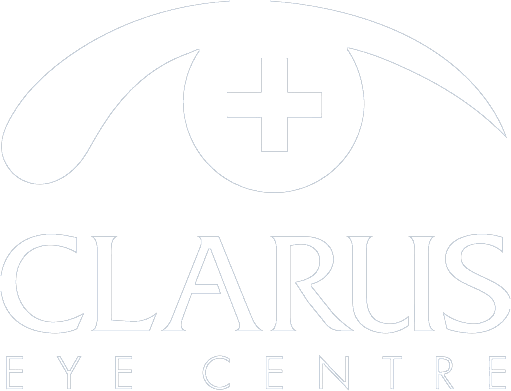International Travel During COVID-19 per CDC Guidelines- Updated 8/25/21
International Travel During COVID-19
Do not travel internationally until you are fully vaccinated. If you are not fully vaccinated and must travel, follow CDC’s international travel recommendations for people who are not fully vaccinated.
Fully vaccinated travelers are less likely to get and spread COVID-19. However, international travel poses additional risks, and even fully vaccinated travelers might be at increased risk for getting and possibly spreading some COVID-19 variants.
The COVID-19 situation, including the spread of new or concerning variants, differs from country to country. All travelers need to pay close attention to the conditions at their destination before traveling.
CDC will update these recommendations as more people get vaccinated, as rates of COVID-19 change, and as additional scientific evidence becomes available.
Recommendations for Fully Vaccinated People
Have You Been Fully Vaccinated?
People are considered fully vaccinated*:
- 2 weeks after their second dose in a 2-dose series, such as the Pfizer or Moderna vaccines, or
- 2 weeks after a single-dose vaccine, such as Johnson & Johnson’s Janssen vaccine
If you don’t meet these requirements, you are NOT fully vaccinated. Keep taking all precautions until you are fully vaccinated.
If you have a condition or are taking medication that weakens your immune system, you may NOT be fully protected even if you are fully vaccinated. Talk to your healthcare provider. Even after vaccination, you may need to continue taking all precautions.
- Before you travel
- Make sure you understand and follow all airline and destination requirements related to travel, mask wearing, testing, or quarantine, which may differ from U.S. requirements. If you do not follow your destination’s requirements, you may be denied entry and required to return to the United States.
- Check the current COVID-19 situation in your destination.
- During traveling:
- Wearing a mask over your nose and mouth is required on planes, buses, trains, and other forms of public transportation traveling into, within, or out of the United States and while indoors at U.S. transportation hubs such as airports and stations. Travelers are not required to wear a mask in outdoor areas of a conveyance (like on open deck areas of a ferry or the uncovered top deck of a bus).
- Follow all recommendations and requirements at your destination, including mask wearing and social distancing.
- In areas with high numbers of COVID-19 cases, consider wearing a mask in crowded outdoor settings and for activities with close contact with others who are not fully vaccinated.
- Before you arrive in the United States:
- All air passengers coming to the United States, including U.S. citizens and fully vaccinated people, are required to have a negative COVID-19 test result no more than 3 days before travel or documentation of recovery from COVID-19 in the past 3 months before they board a flight to the United States.
- After travel:
- Get tested with a viral test 3-5 days after travel.
- Self-monitor for COVID-19 symptoms; isolate and get tested if you develop symptoms.
- Follow all state and local recommendations or requirements after travel.
Recommendations for People Who Are Not Fully Vaccinated
If you are not fully vaccinated and must travel, take the following steps to protect yourself and others from COVID-19:
- Before you travel:
- Get tested with a viral test 1-3 days before your trip.
- Make sure you understand and follow all airline and destination requirements related to travel, testing, or quarantine, which may differ from U.S. requirements. If you do not follow your destination’s requirements, you may be denied entry and required to return to the United States.
- Check the COVID-19 situation in your destination.
- While you are traveling:
- Wearing a mask over your nose and mouth is required on planes, buses, trains, and other forms of public transportation traveling into, within, or out of the United States and while indoors at U.S. transportation hubs such as airports and stations. Travelers are not required to wear a mask in outdoor areas of a conveyance (like on open deck areas of a ferry or the uncovered top deck of a bus). CDC recommends that travelers who are not fully vaccinated continue to wear a mask and maintain physical distance when traveling.
- Avoid crowds and stay at least 6 feet/2 meters (about 2 arm lengths) from anyone who is not traveling with you.
- Wash your hands often or use hand sanitizer (with at least 60% alcohol).
- Before you arrive in the United States:
- All air passengers coming to the United States, including U.S. citizens and fully vaccinated people, are required to have a negative COVID-19 viral test result no more than 3 days before travel or documentation of recovery from COVID-19 in the past 3 months before they board a flight to the United States.
- After you travel:
- Get tested with a viral test 3-5 days after travel AND stay home and self-quarantine for a full 7 days after travel.
- Even if you test negative, stay home and self-quarantine for the full 7 days.
- If your test is positive, isolate yourself to protect others from getting infected.
- If you don’t get tested, stay home and self-quarantine for 10 days after travel.
- Avoid being around people who are at increased risk for severe illness for 14 days, whether you get tested or not.
- Self-monitor for COVID-19 symptoms; isolate and get tested if you develop symptoms.
- Follow all state and local recommendations or requirements.
- Get tested with a viral test 3-5 days after travel AND stay home and self-quarantine for a full 7 days after travel.
- Visit your state, territorial, tribal, and localexternal icon health department’s website to look for the latest information on where to get tested.
